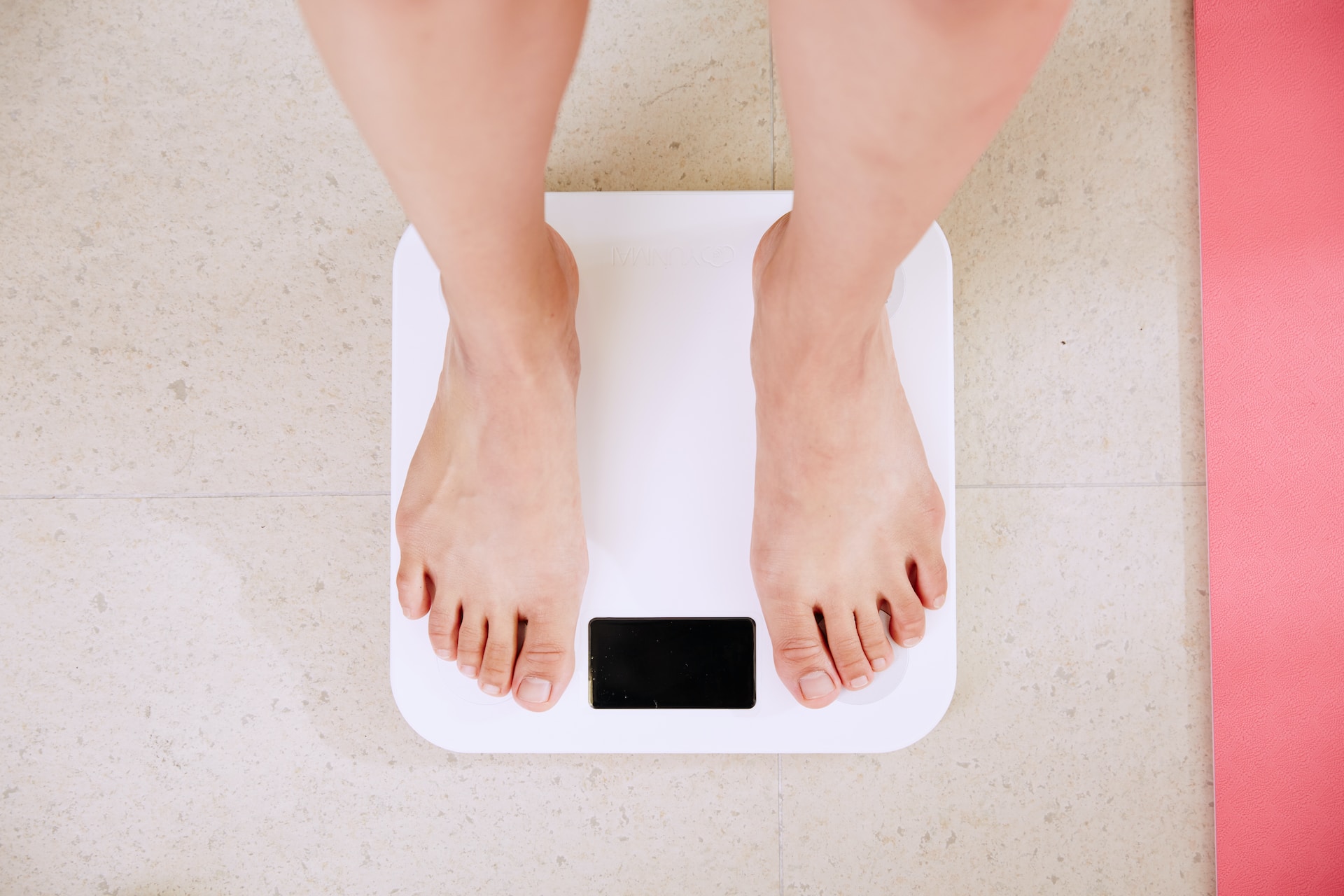How does menopause affect rehabilitation
Menopause is a significant life transition that affects women in many ways, including their physical health and rehabilitation processes. During this period, hormonal changes can impact various body systems, making rehabilitation more challenging. Here’s how menopause can affect rehabilitation and what strategies can help.
### Hormonal Changes and Physical Symptoms
Menopause is characterized by a decrease in estrogen levels, which can lead to a range of physical symptoms. These include joint pain, muscle weakness, and decreased bone density. Such changes can make it harder for women to recover from injuries or surgeries, as their bodies may not respond as well to physical therapy as they did before menopause.
For instance, joint pain and stiffness can limit mobility and make exercises more painful, while muscle weakness can reduce the effectiveness of strength training. Additionally, decreased bone density increases the risk of fractures, which can complicate rehabilitation if not managed properly.
### Impact on Rehabilitation
Rehabilitation during menopause requires a tailored approach. Traditional methods might need adjustments to accommodate the physical changes women experience. For example, exercises that were once easy might now cause discomfort or pain due to joint issues. Therefore, physical therapists must adapt their strategies to ensure that women can safely and effectively engage in rehabilitation.
### Strategies for Effective Rehabilitation
1. **Pelvic Floor Rehabilitation**: Techniques like biofeedback and specific exercises can help strengthen pelvic floor muscles, which are often affected during menopause. This can improve bladder control and reduce pain.
2. **Musculoskeletal and Vestibular Rehabilitation**: Addressing musculoskeletal symptoms such as frozen shoulder and dizziness is crucial. Vestibular therapy can help with balance issues, which are common during menopause.
3. **Pain Management**: Physical therapists can use methods like manual therapy to alleviate chronic pain and myofascial restrictions, which are common in menopausal women.
4. **Education and Empowerment**: Providing women with knowledge about hormonal influences and self-care techniques empowers them to manage their symptoms better and maintain pelvic health.
5. **Strength Training Adjustments**: For women in perimenopause, strength training should be modified to include more recovery time between workouts. This might involve reducing the number of sets while maintaining or increasing weight, incorporating active recovery sessions, and implementing deload weeks to avoid plateaus.
### Conclusion
Menopause presents unique challenges for rehabilitation, but with the right strategies, women can navigate this phase effectively. By understanding the impact of hormonal changes on the body and adapting rehabilitation techniques accordingly, women can improve their quality of life and manage symptoms more effectively. Physical therapy centers that offer comprehensive care, including pelvic health and musculoskeletal rehabilitation, play a vital role in supporting women through this transition.





